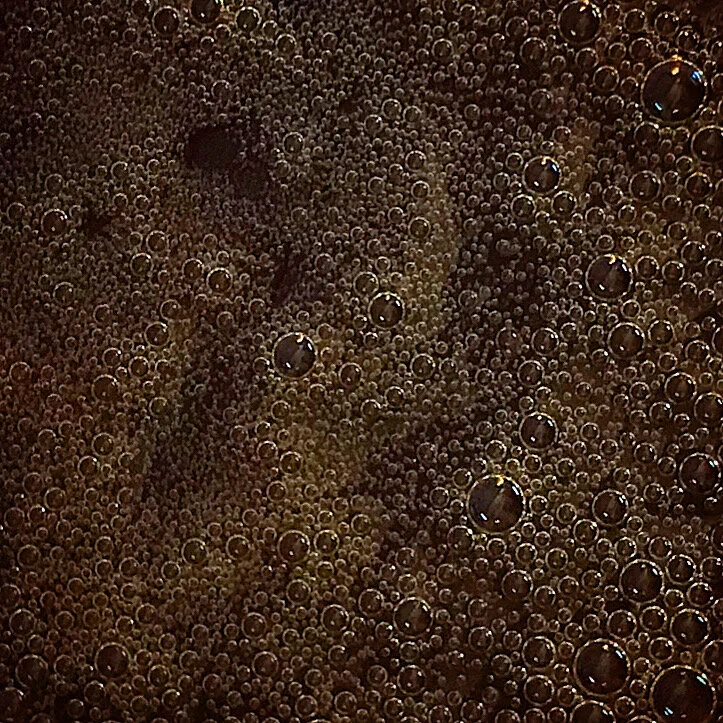The power of a smile
There are more than 7.7 billion people who live in this world with us, and with that kind of volume it can be hard to feel that you, as just 1 little person, can make a difference. I know I can feel like this when I think about the difference my vote makes in politics or how my opinion will impact on the organisation I work for. But I came across something recently that really got me thinking.
Did you know how powerful it is to smile?
This is something 100% in our control. When we’re happy to see someone we do it automatically, but we’re all able to conjure up a smile on demand too. And science tells us that even those forced smiles are doing us some good. Way back in Darwin’s time, it was thought that our traditional view of Happiness causing us to smile was also true in reverse - and that the simple act of smiling would also cause us to feel happy. Whether or not the smile was instinctive or manufactured, this was still true.
More recently, in the decade that brought us leg warmers and Wham!, 80s scientist Dr Zajonc discovered the reason why. Our face is made up of muscles connected via veins and arteries to our brains. When we smile, the muscles we move constrict our veins and the flow of blood to our brains is affected. With less volume of blood from the face reaching the brain, the temperature of the brain cools slightly. And in simple terms, a cool brain is a happy brain.
When I read this it made total sense to me. I guess we associate anger with being hot-headed, and Dr Zajonc’s studies show clear links between brain temperature and emotions. Happy brains are cool, calm and collected. Fearful brains are warmer as our heart rate increases and the flow of blood to the brain increases its temperature. I was on board with this and believed that in making myself smile I could make myself happier!
That’s pretty impressive in itself, but the smile is even more powerful when you share it. In their book “The little book of emotional intelligence”, Andy Cope and Amy Bradley share their findings. Their stats show that if you smile at someone, you make them feel 16% happier. And if they’re 16% happier, they’re also 16% more likely to smile at the next person and make them feel 16% happier and then they’re 16% more likely to smile at the next person to meet. I could go on, but you get where I’m going here - this is already in the territory of maths I can’t do, so I’m just going to sum up by saying this is called hyperdyadic spread (I like a bit of science to back up a point) and it’s a fascinating part of human nature.
I’ve been trying this recently and smiling at people I work with, the woman who sells me my morning chai latte and even (the horror) people on public transport – and do you know it does make me feel happier. And if every single one of those smiles makes others feel 16% happier that makes me feel pretty good too. After all doesn’t everyone value happiness?
So can 1 person make a difference? I actually do think so now.






